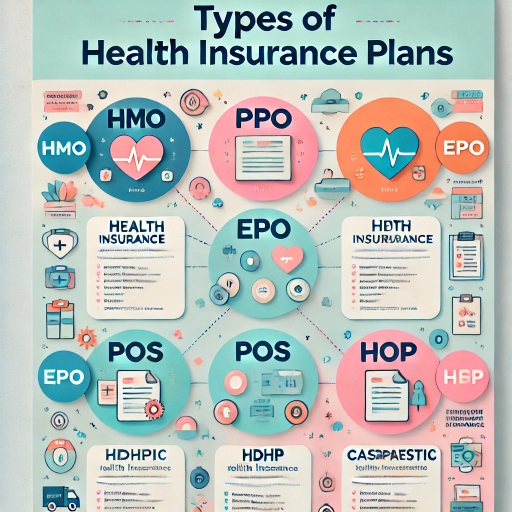
Financial security and wealth-building opportunities are essential considerations for individuals seeking long-term stability. Life insurance, often misunderstood as solely a tool for providing death benefits, can serve as a strategic investment option. The potential for generating returns, securing financial protection, and creating a lasting legacy is offered by certain types of life insurance policies. Readers are encouraged to explore our types of insurance page to learn about various policy options.
Understanding Life Insurance as an Investment
Life insurance policies are traditionally associated with providing financial support to beneficiaries after the policyholder’s death. However, investment-oriented policies, such as whole life and universal life insurance, offer features that enable policyholders to build wealth over time. A deeper understanding of how insurance functions as an asset can provide insights into its value.
Types of Life Insurance with Investment Features
Various life insurance policies include investment components. The most common ones are detailed below, and a comprehensive guide to investment-linked policies can be accessed for further information.
Whole Life Insurance
Whole life insurance combines lifelong coverage with a cash value component. Premiums paid contribute to the policy’s cash value, which grows over time through interest or dividends. Policyholders can borrow against this value or use it for financial emergencies. The long-term benefits of whole life policies make them appealing for wealth-building.
Universal Life Insurance
Flexibility in premium payments and coverage amounts is provided by universal life insurance. A portion of the premium is allocated to the cash value, which earns interest based on market conditions. This adaptability is discussed in greater detail on our universal life insurance page.
Variable Life Insurance
Policyholders seeking higher returns can consider variable life insurance, which allows the investment of cash value in market-linked sub-accounts. While greater risks are involved, significant growth opportunities are also provided. The risks and rewards of variable life insurance are further explained.
Advantages of Using Life Insurance as an Investment
Several benefits make life insurance an attractive investment option. These advantages include financial security, tax benefits, and liquidity. Details on how insurance policies provide value are highlighted below.
Financial Security
Life insurance policies ensure that beneficiaries are financially supported in case of the policyholder’s death. Additionally, the cash value accumulated can act as a financial cushion during emergencies.
Tax Advantages
Tax-deferred growth of the cash value is provided by most investment-oriented policies. Moreover, the death benefit is generally tax-free for beneficiaries. A full breakdown of tax advantages can be explored.
Liquidity and Flexibility
Access to the cash value through loans or withdrawals is an option for policyholders. This feature makes life insurance a versatile investment vehicle. Guidance on maximizing liquidity benefits is provided.
Considerations and Potential Drawbacks
While life insurance offers many benefits, certain limitations must also be considered. Understanding the costs, risks, and policy terms is crucial. A complete guide to policy limitations is available for review.
High Premium Costs
Investment-oriented policies often come with higher premiums compared to term life insurance. These costs must be weighed against the potential benefits. Strategies for managing premium expenses are discussed.
Market Risks
Variable life insurance policies expose cash values to market fluctuations. While opportunities for growth exist, losses are also possible. Risk management techniques for investment-linked policies are detailed.
Complexity of Terms
The terms and conditions of life insurance policies can be complex, requiring careful analysis. Assistance in understanding policy terms is provided.
Who Should Consider Life Insurance as an Investment?
Life insurance as an investment is suitable for individuals with specific financial goals. These may include building wealth, leaving a legacy, or securing future financial stability. Insights into ideal candidates for such investments are offered.
High-income earners and individuals seeking tax advantages often benefit the most. However, aligning the policy with long-term goals is essential to maximize its potential. Additional advice can be found on the financial alignment page.
Conclusion
The dual role of life insurance as a financial protection tool and an investment option has been highlighted. By exploring policies with cash value components, long-term financial growth and security can be achieved. Readers are encouraged to visit the comprehensive guide for further details.





